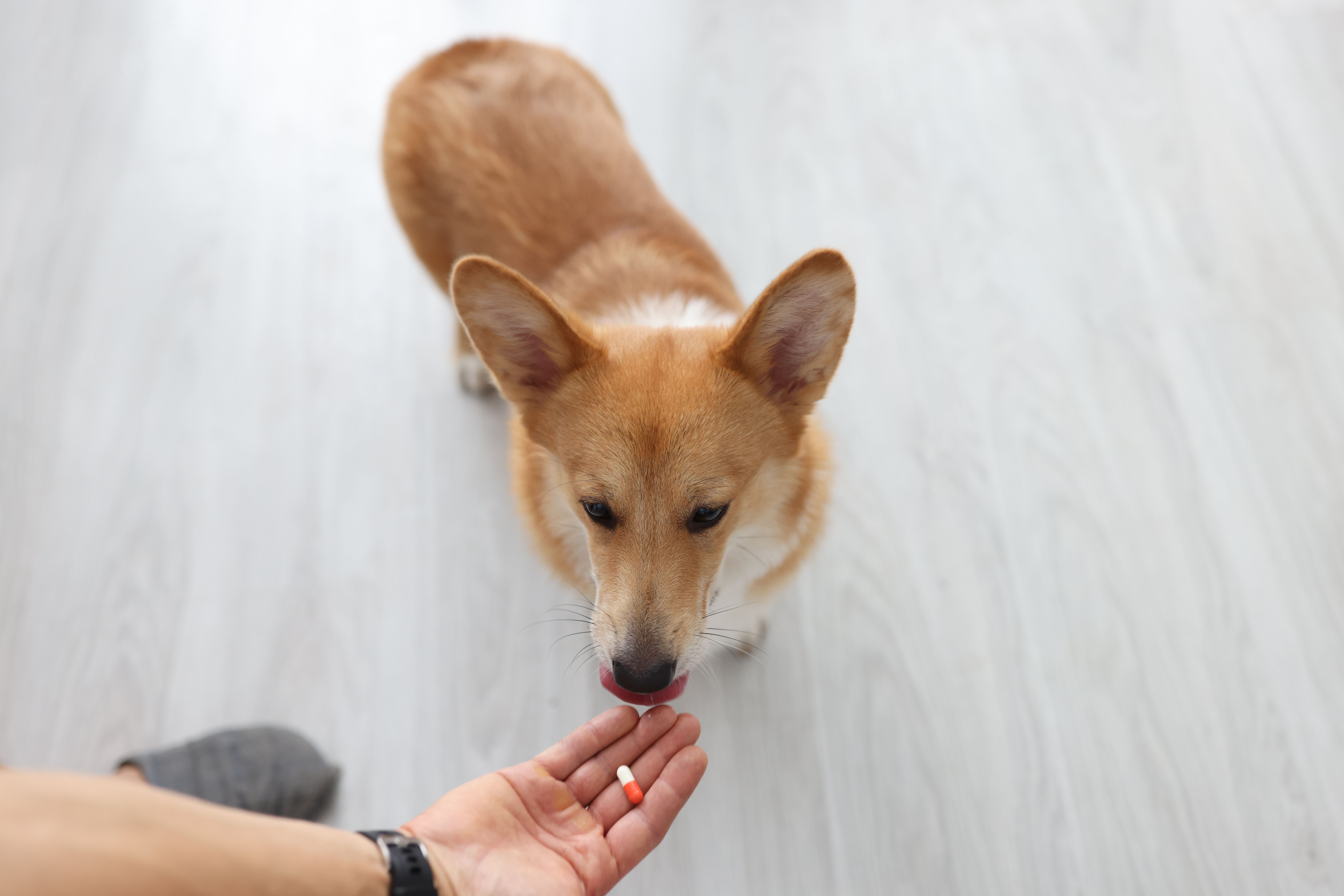Reseeding the lawn with probiotics
Martha G. Cline, DVM, DACVIM (Nutrition), explains how the need for better research on probiotics can help understand these products.
megaflopp/stock.adobe.com

Martha G. Cline, DVM, DACVIM (Nutrition), veterinary communications manager for Nestle Purina PetCare, has described probiotics as helping patients to “reseed the lawn”. Although she did not take credit for coming up with the analogy, she explained why it best matches a patient's gut, during her lecture at the 2022 Atlantic Coast Veterinary Conference (ACVC) in Atlantic City, New Jersey. To help attendees understand the parallel between reseeding the lawn and gut health with probiotics, she shared how it works in her own life.
“It's a great way to think about the gut and what we can do to help the gut. So, prebiotics…are going to be like the fertilizer. Typically, prebiotics are going to be fiber that we can add in the diet or administer to the pet, and that is going to be used by the commensal bacteria or the symbiotes. In the gastrointestinal tract, [we’re] reseeding the lawn,” said Cline.1
How much do veterinary professionals know about probiotics and what to look out for on a label? During her lecture, Cline broke down the world of probiotics safety and how probiotic treatments can help hospitalized patients at your clinic.
The safety of probiotics
According to Cline, probiotics are considered safe in immunocompetent individuals. However, she explained to ACVC attendees that when it comes to probiotics, there can be red flags that veterinary professionals should look for if their clients bring them a probiotic they have been giving to their pets.
“If the company does not know what strain they're using, or won't report that out to you, that is a red flag to me,” cautioned Cline. She noted that the FDA only needs to be informed that a company is putting probiotic supplements on the market and does not require that agency’s approval. “You do not have to do any safety or efficacy testing before putting that on the market,” Cline told attendees.
In the future, Cline said, she believes more veterinary studies into probiotics should be well-controlled and use better population standardization. Testing should include disease state, diet, treatment, and strain that is being used for the study, she noted.
Accurate and clear labeling is also crucial when it comes to using probiotics on patients. A 2011 study conducted at the Department of Pathobiology at the Ontario Veterinary College at the University of Guelph in Canada found only 27% of veterinary probiotics contained microbes that met or exceeded label claims, and only 2/4 had an acceptable label.2 Better testing and clear accurate labeling on products can help veterinary professionals understand better what is being given to their patients and at what risk, Cline noted.
Probiotic use in hospitalized patients
To highlight its effects in hospitalized patients, dysbiosis—an imbalance between the types of organism presents in a patient's natural microflora, especially that of the gut—is a common occurrence that can result in infectious complications and negative outcomes. According to Cline, this imbalance can be caused by factors that include antibiotics, and probiotics have the potential to be used to fight this imbalance.
[“Dysbiosis]… occurs in hospitalization and it occurs early. They're seeing changes within the microbiome and the dysbiosis that happened, and this is happening in our patient populations as well. There are so many reasons for why this can happen. So, things like perfusion injury, a lot of these patients get put on antibiotics, [which] are by far the most common thing to disrupt the microbiome. They do it profoundly again, and again, and again,” said Cline.
According to a 2016 study investigating probiotic and synbiotic therapy in critical illness, researchers concluded that probiotics show a promising future in reducing infections, including ventilator-associated pneumonia with no effect on length of hospitalization or mortality.3 However, Cline explained, this was a limited study by clinical heterogeneity, and it may not be unbiased.
In conclusion
Finally, Cline informed attendees of what she is looking for when discussing a probiotic choice with her clients. “If there's a probiotic, and it hasn't been through a safety study, it's not something that I'm going to want to recommend and then also from a good quality company that has either had independent testing or has a seal that's basically done independent testing to show that it has what's in it that they say, Isn't it in terms of where we're would look forward to in future studies. So, wherever there can be controlled, standardized populations is very helpful,” explained Cline.
To fully grasp the benefits of probiotics more studies need to be conducted in a more controlled, in-depth, and less biased way. For future testing, Cline warned attendees to look out for controlled and standardized populations is a helpful way to determine a good study, and she would like to see these studies include a controlled diet.
References
- Cline, M. Reseeding the Lawn—Probiotics in Clinical Practice. Presented at Atlantic Coast Veterinary Conference; Atlantic City, New Jersey. October 10-12, 2022.
- Weese JS, Martin H. Assessment of commercial probiotic bacterial contents and label accuracy. Can Vet J. 2011;52(1):43-46.
- Manzanares W, Lemieux M, Langlois PL, Wischmeyer PE. Probiotic and synbiotic therapy in critical illness: a systematic review and meta-analysis [published correction appears in Crit Care. 2017 Feb 27;21(1):42]. Crit Care. 2017;19:262. doi:10.1186/s13054-016-1434-y